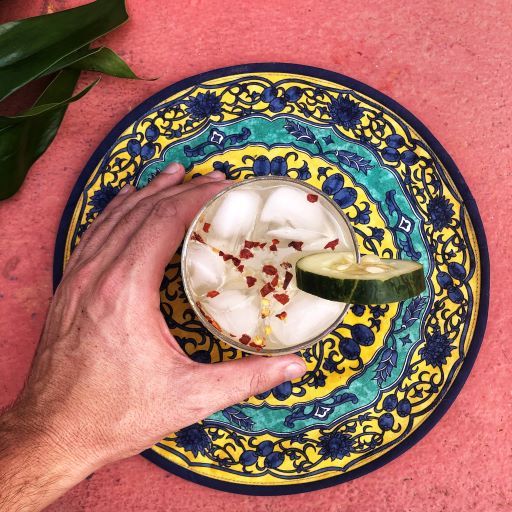Discover mezcal and food tours in San Luis Potosi
One of the best-kept secrets in the country may be found on a cultural trip in San Luis Potosi: mezcal, a spirit drink that pairs nicely with the regional cuisine.

As part of the historic Royal Road of Tierra Adentro, the Potosi Altiplano has cultural tours that lead to the heart of Mexico, where you can find one of the country's best-kept secrets: mezcal, a spirit drink that goes well with the unique food of this area.
The Altiplano of the state of San Luis Potos, in central Mexico, is the gateway to the extensive semi-desert region of Chihuahua, located at an altitude of 2,000 meters, with a great variety of flora and fauna, including many cacti and small species of rodents and birds.




